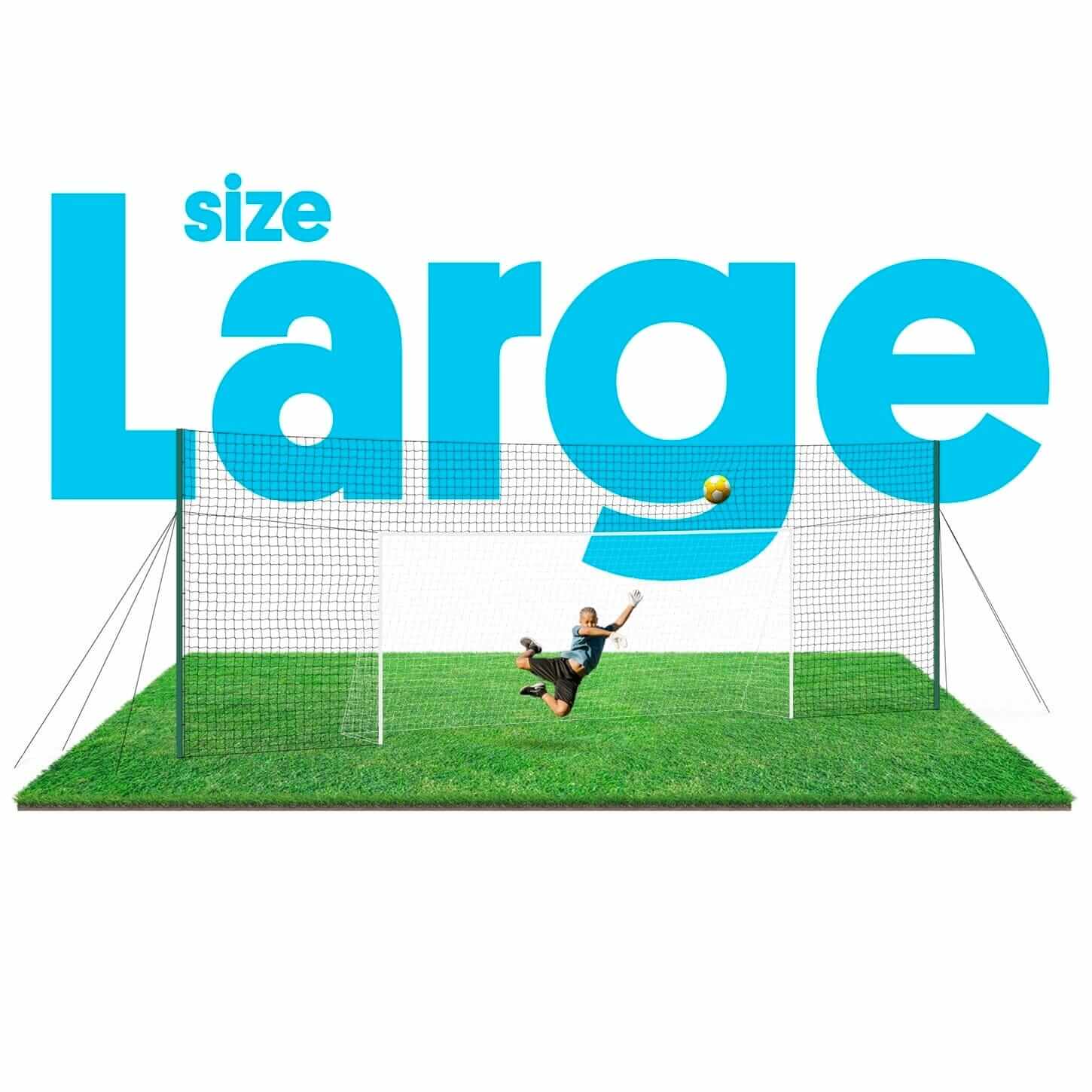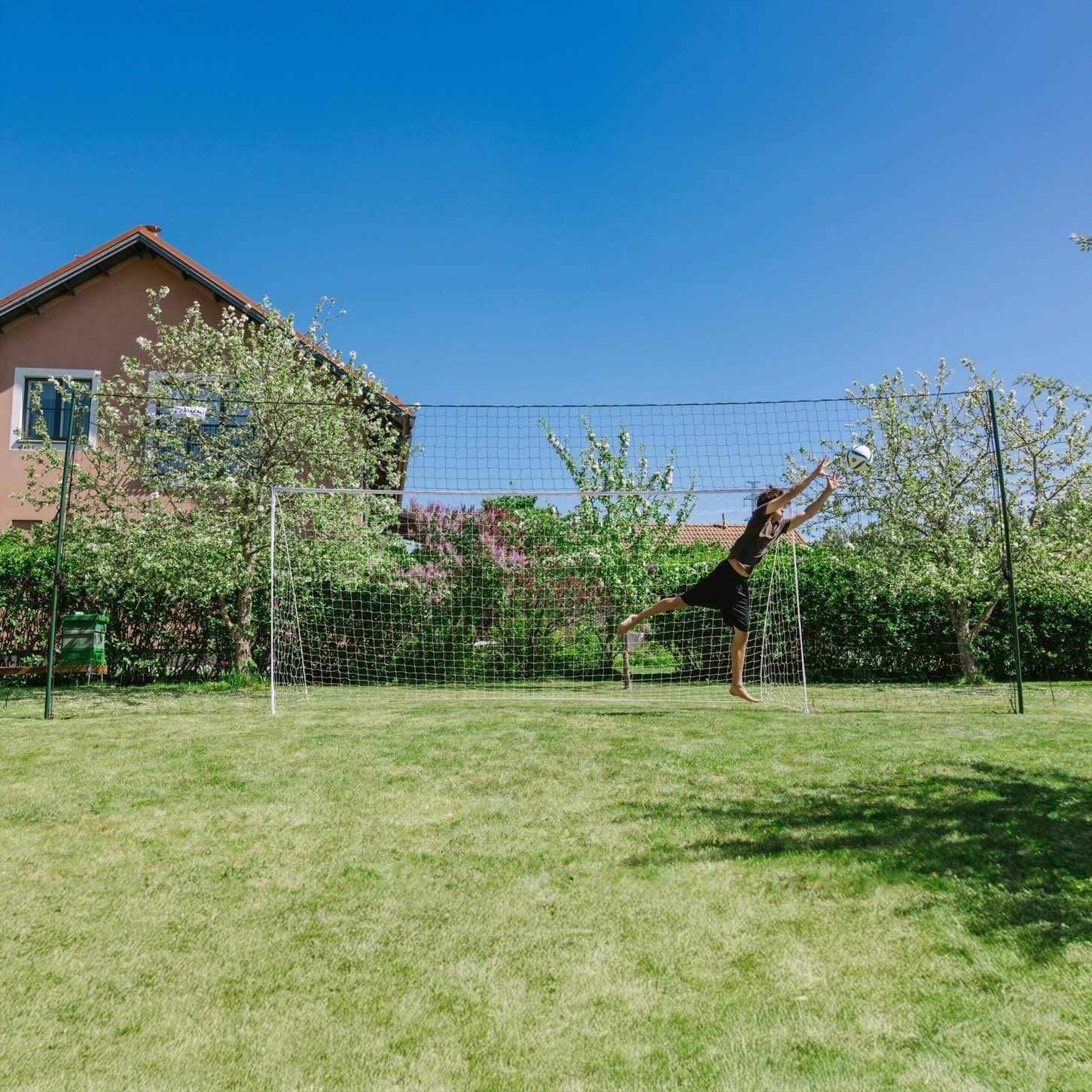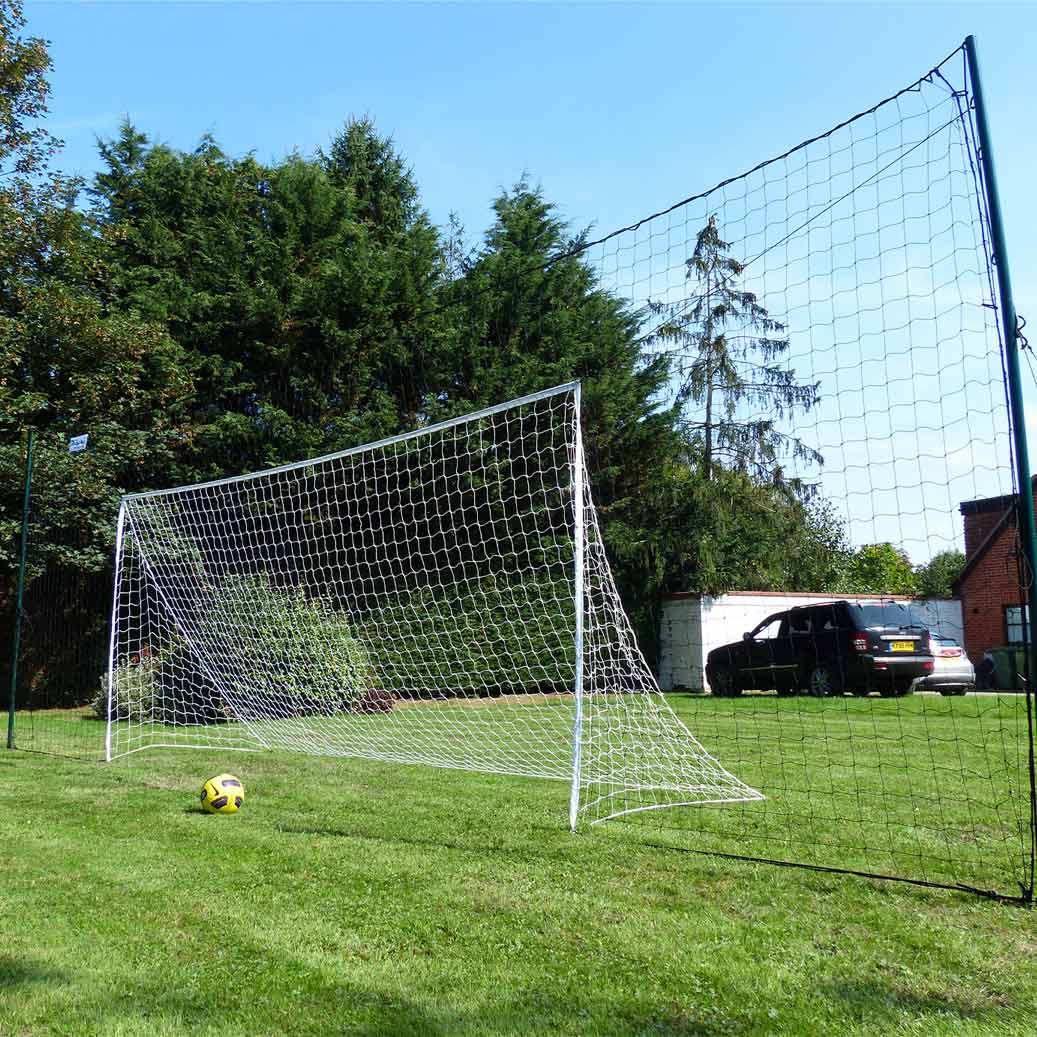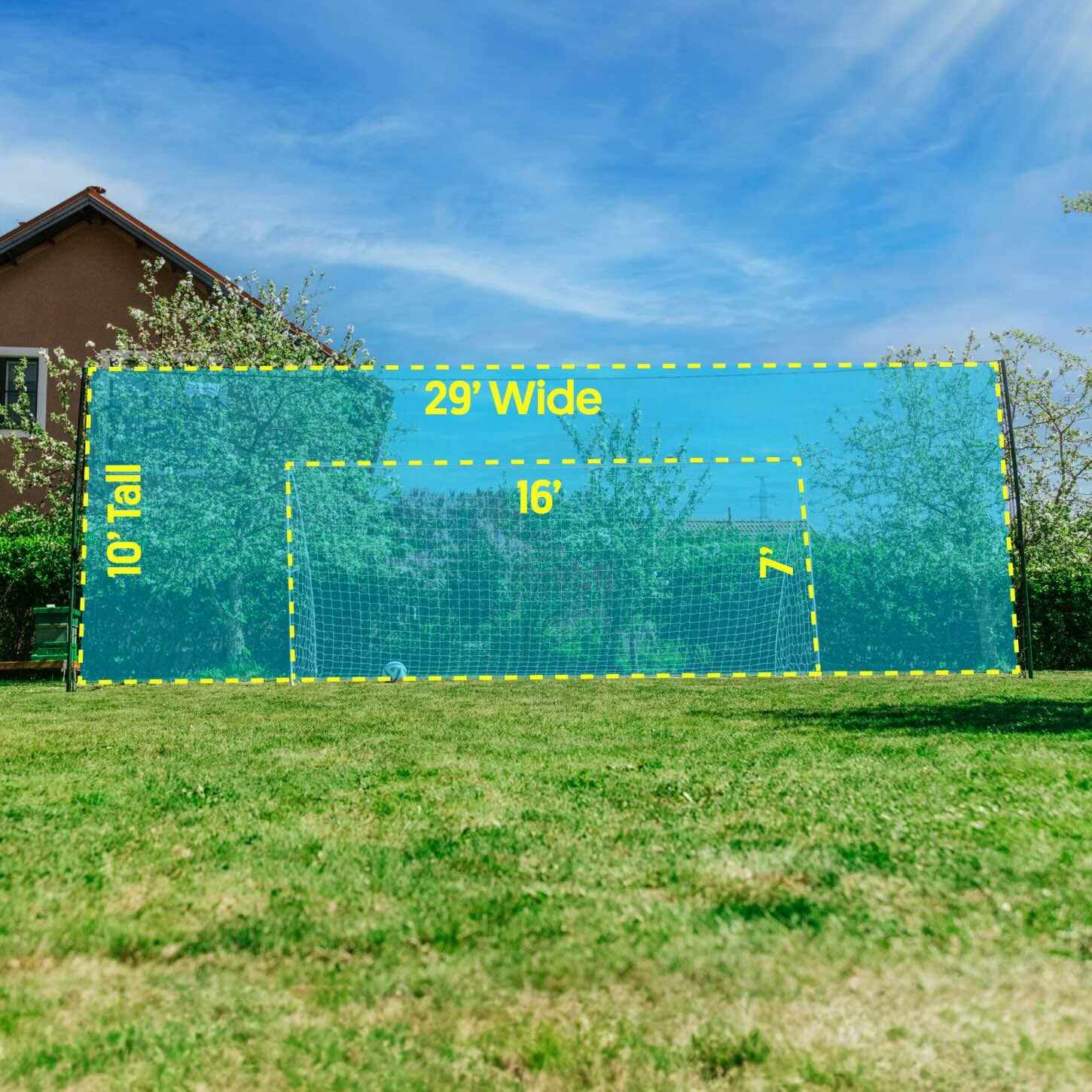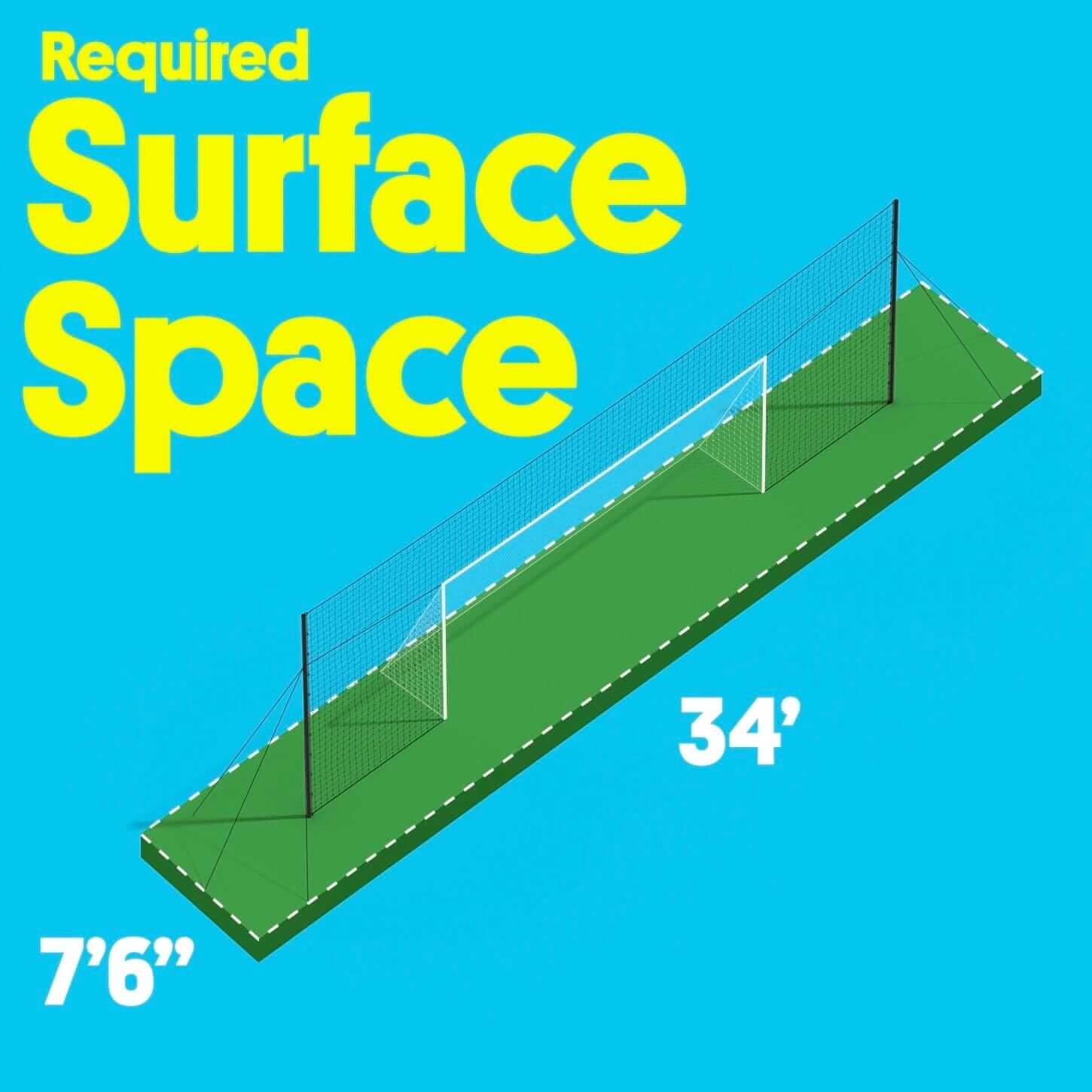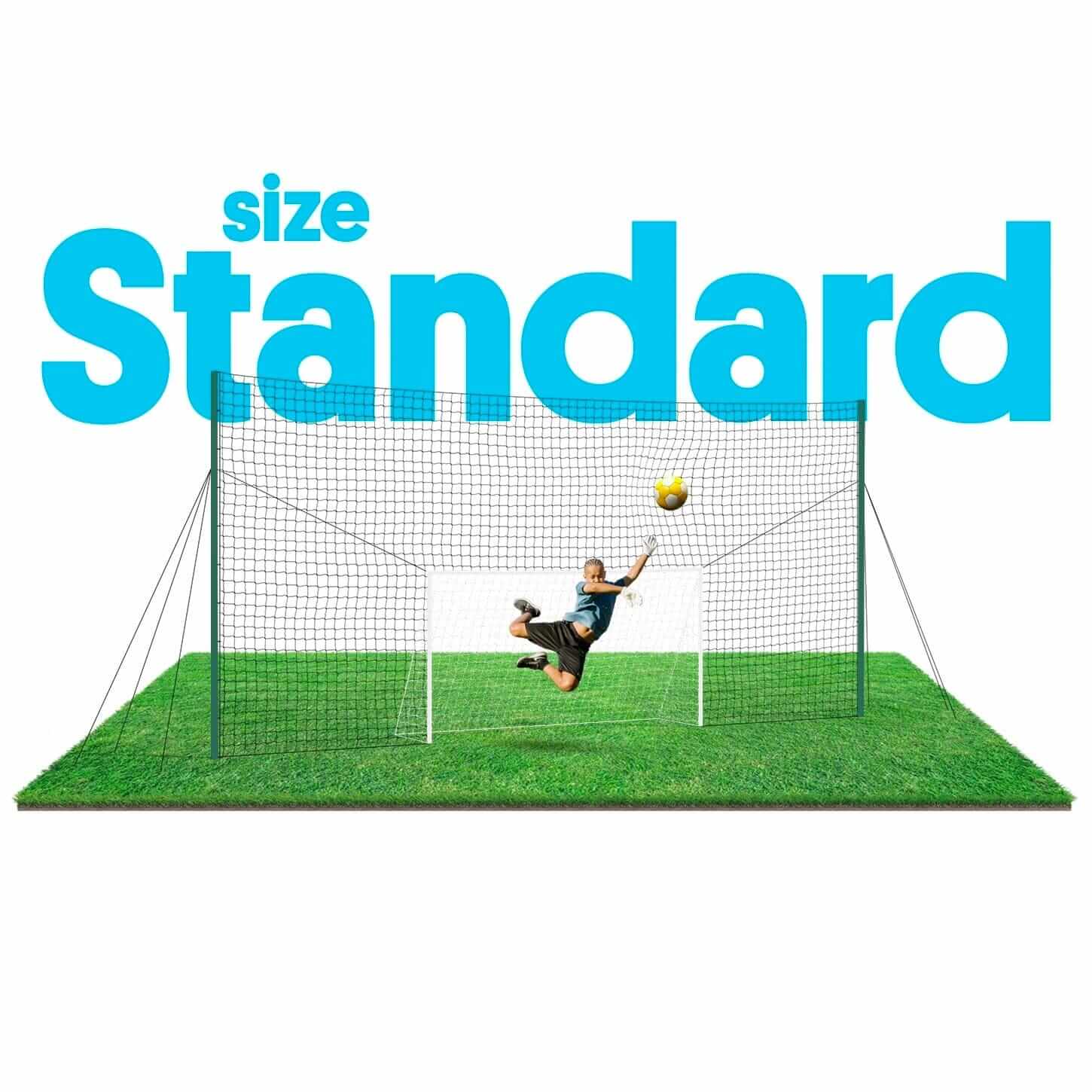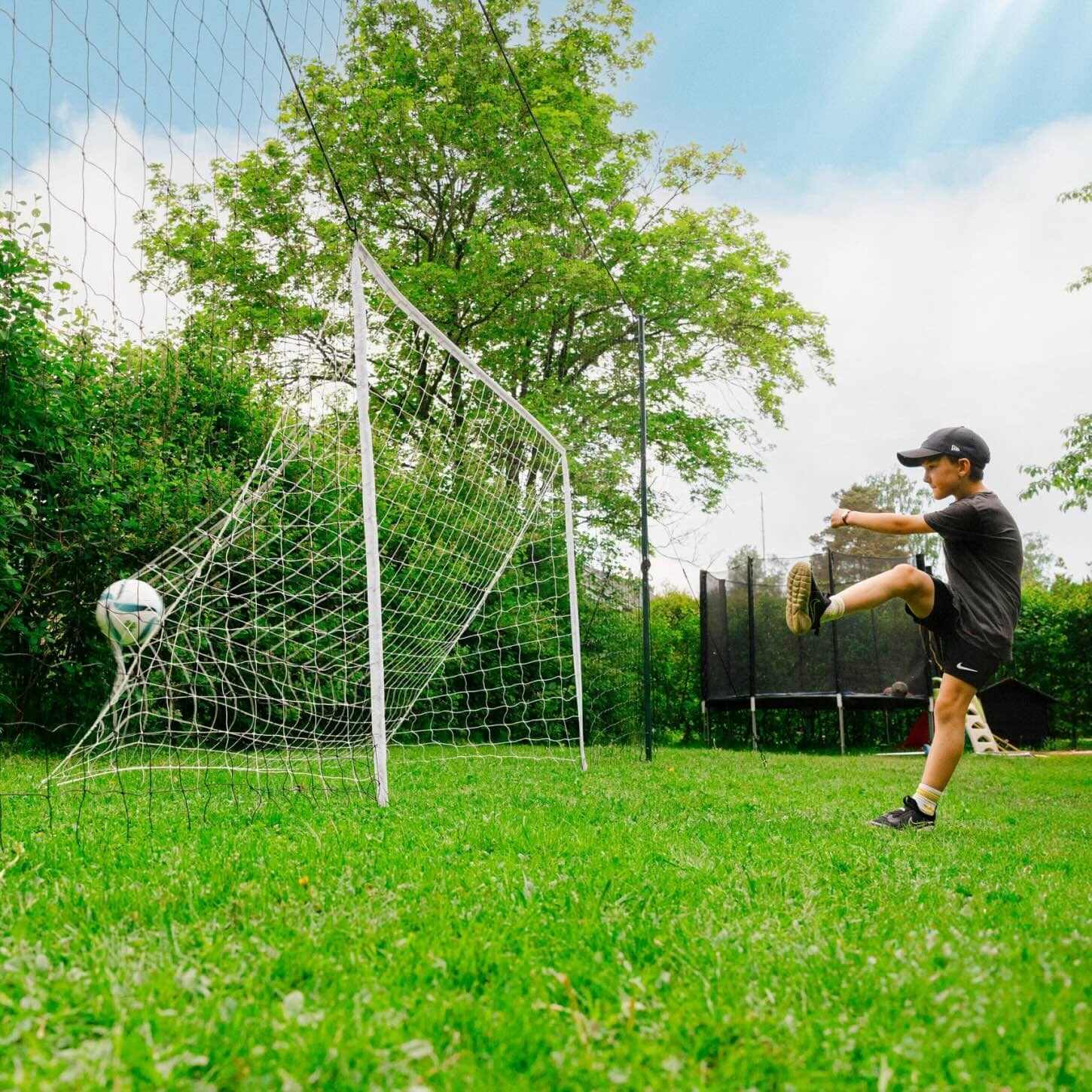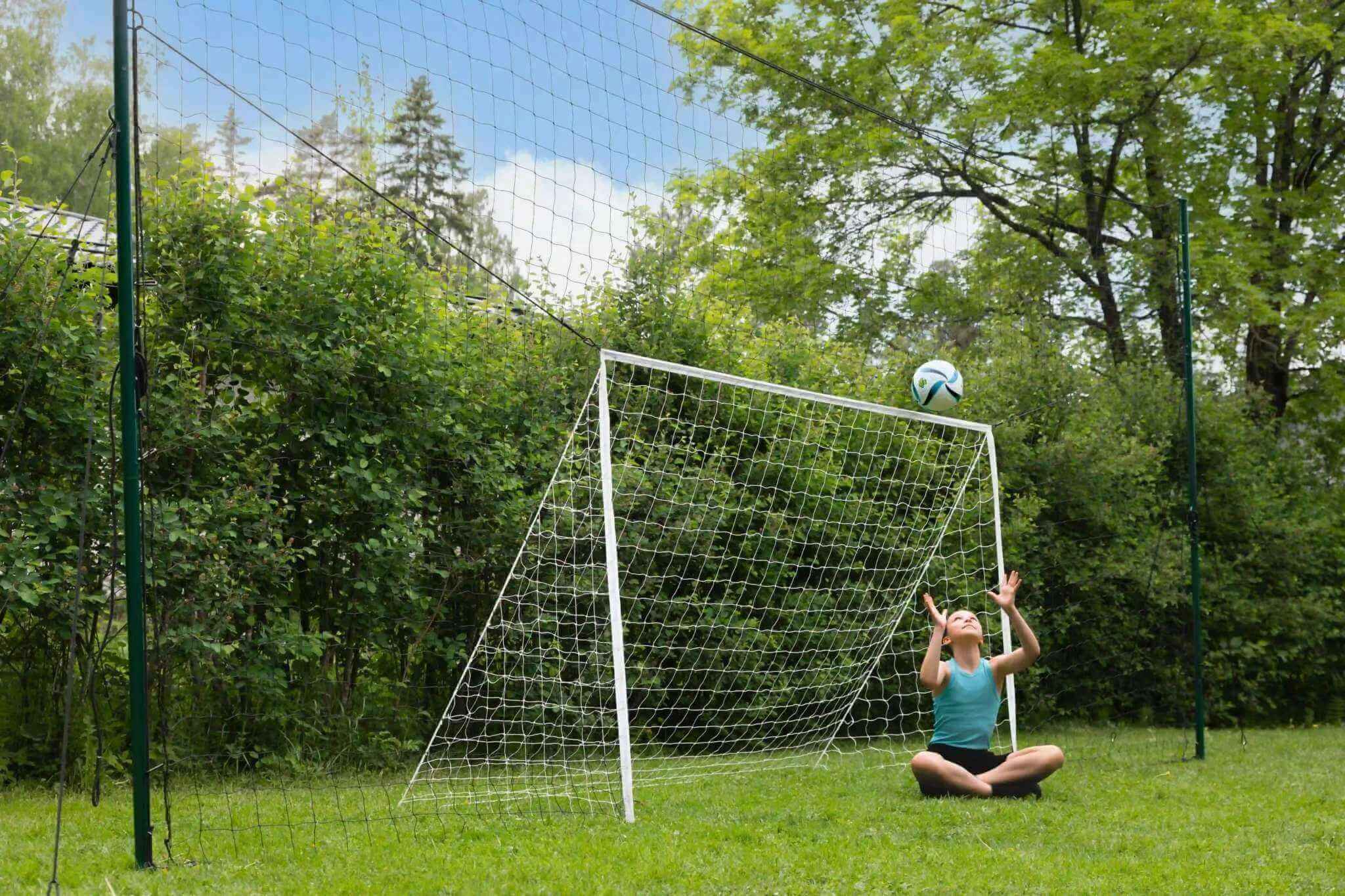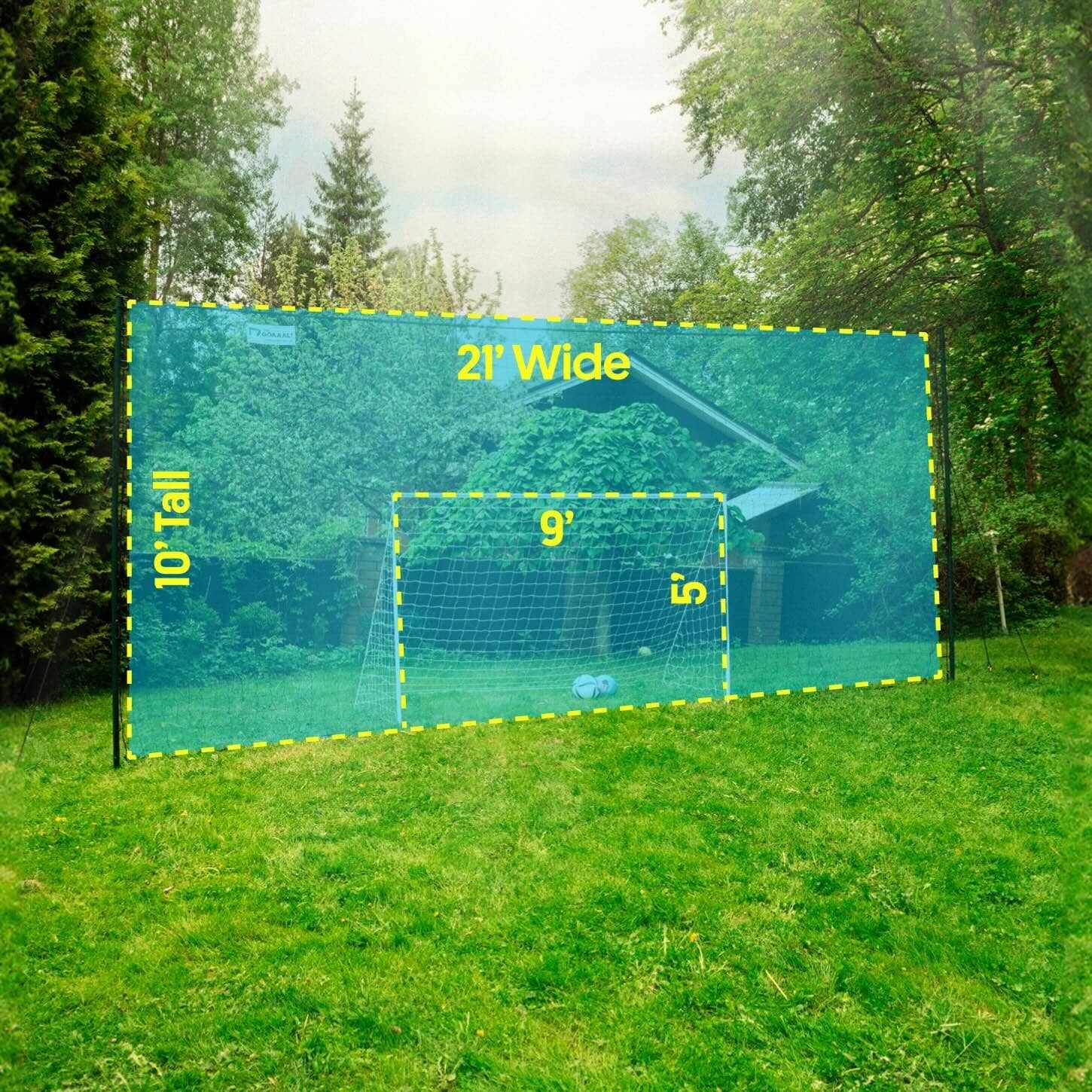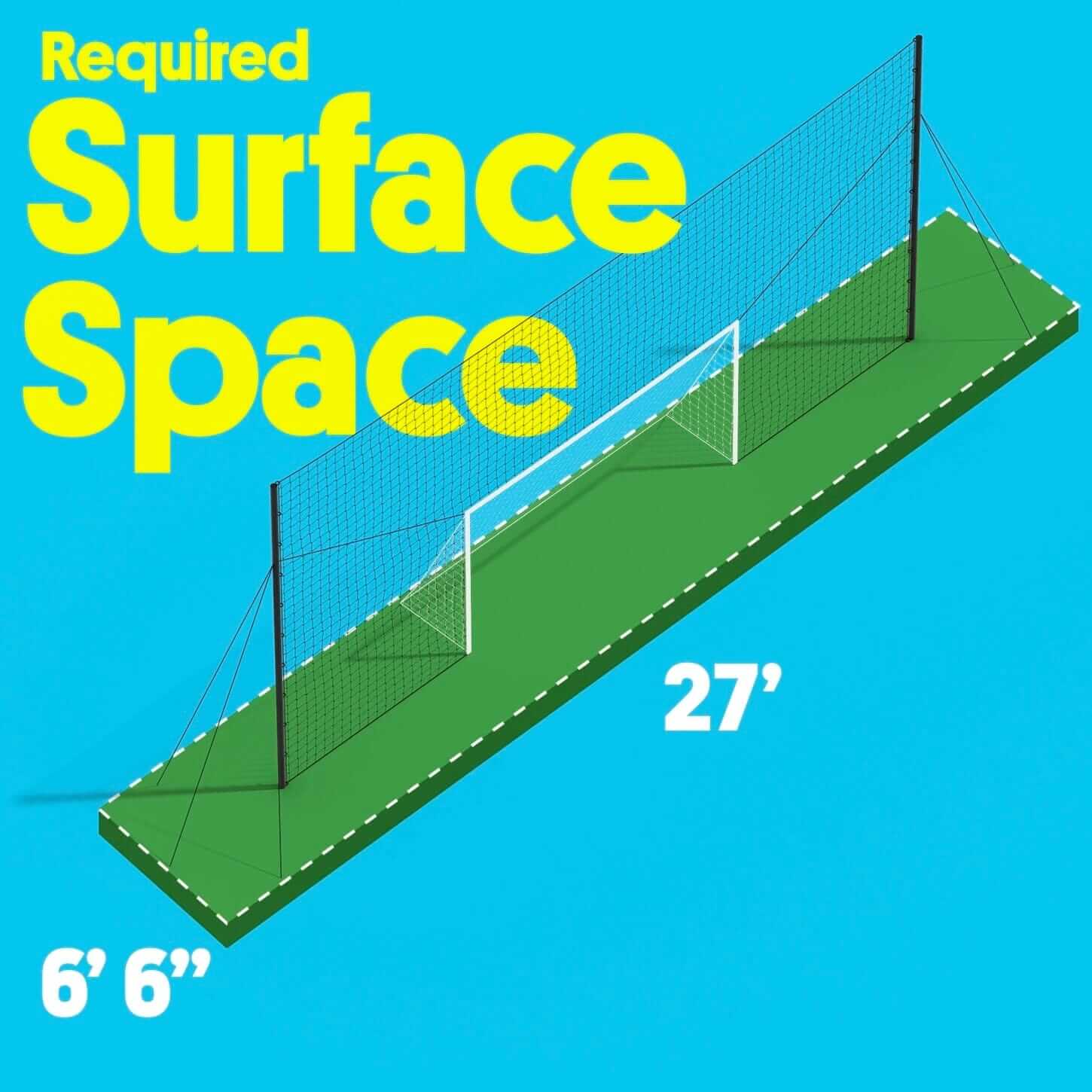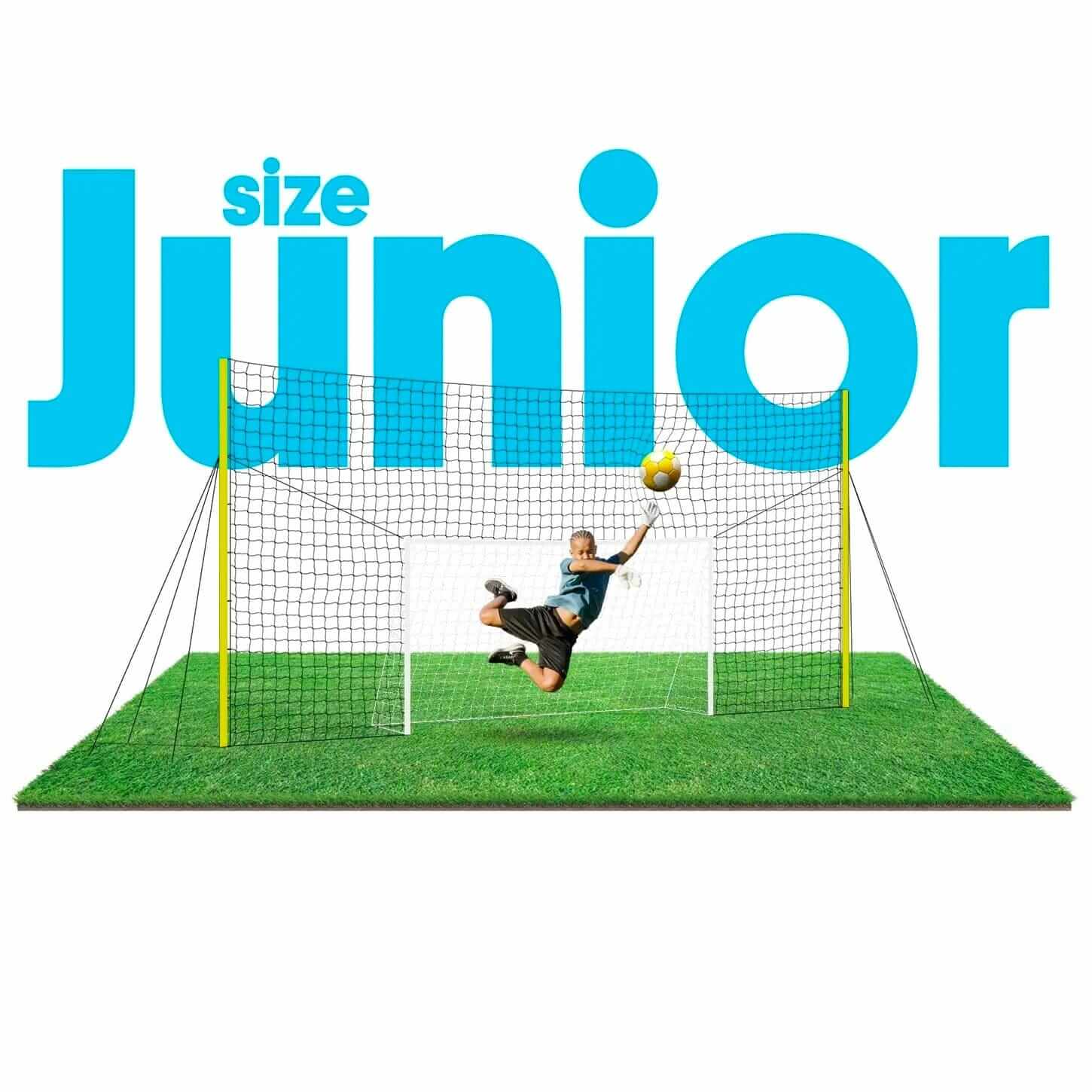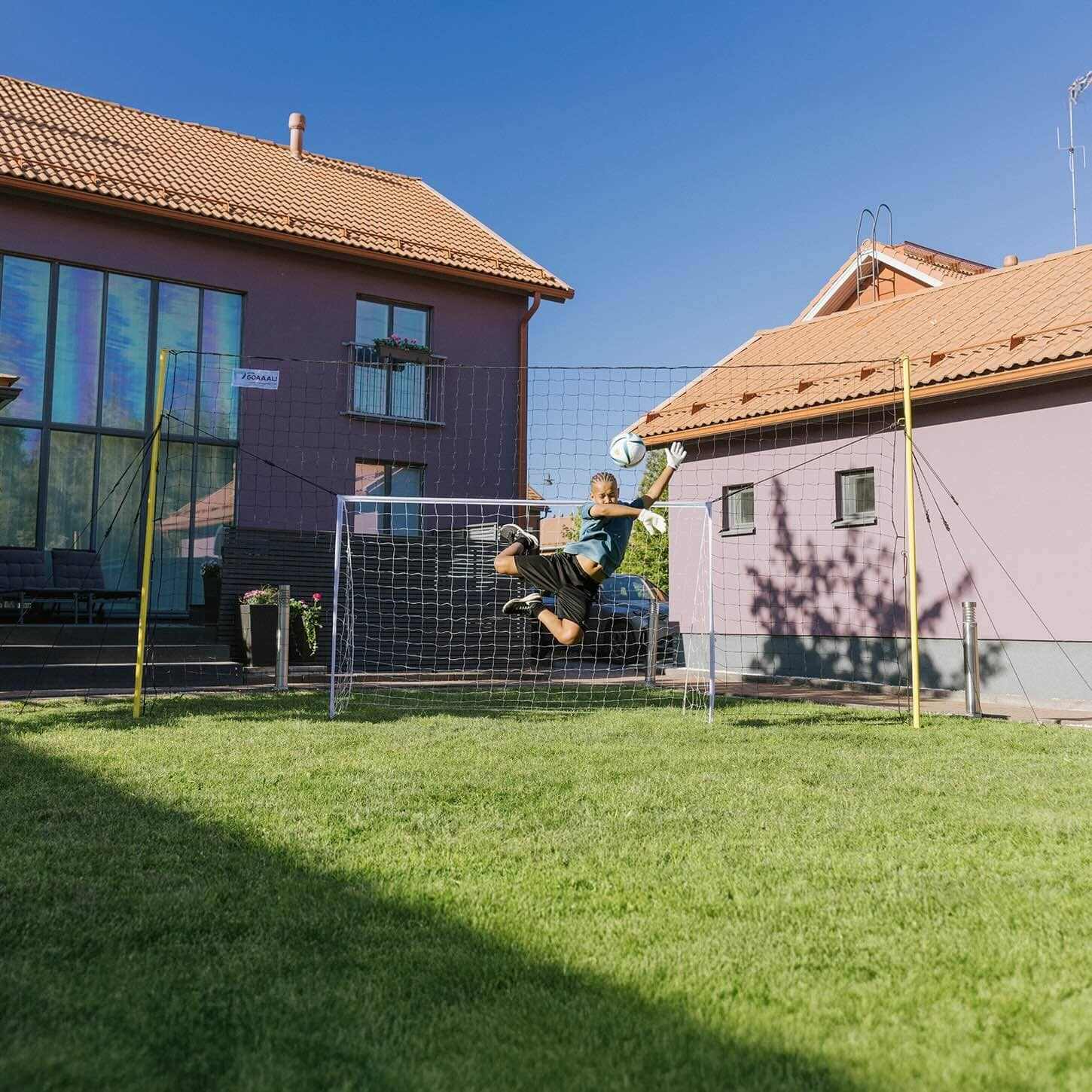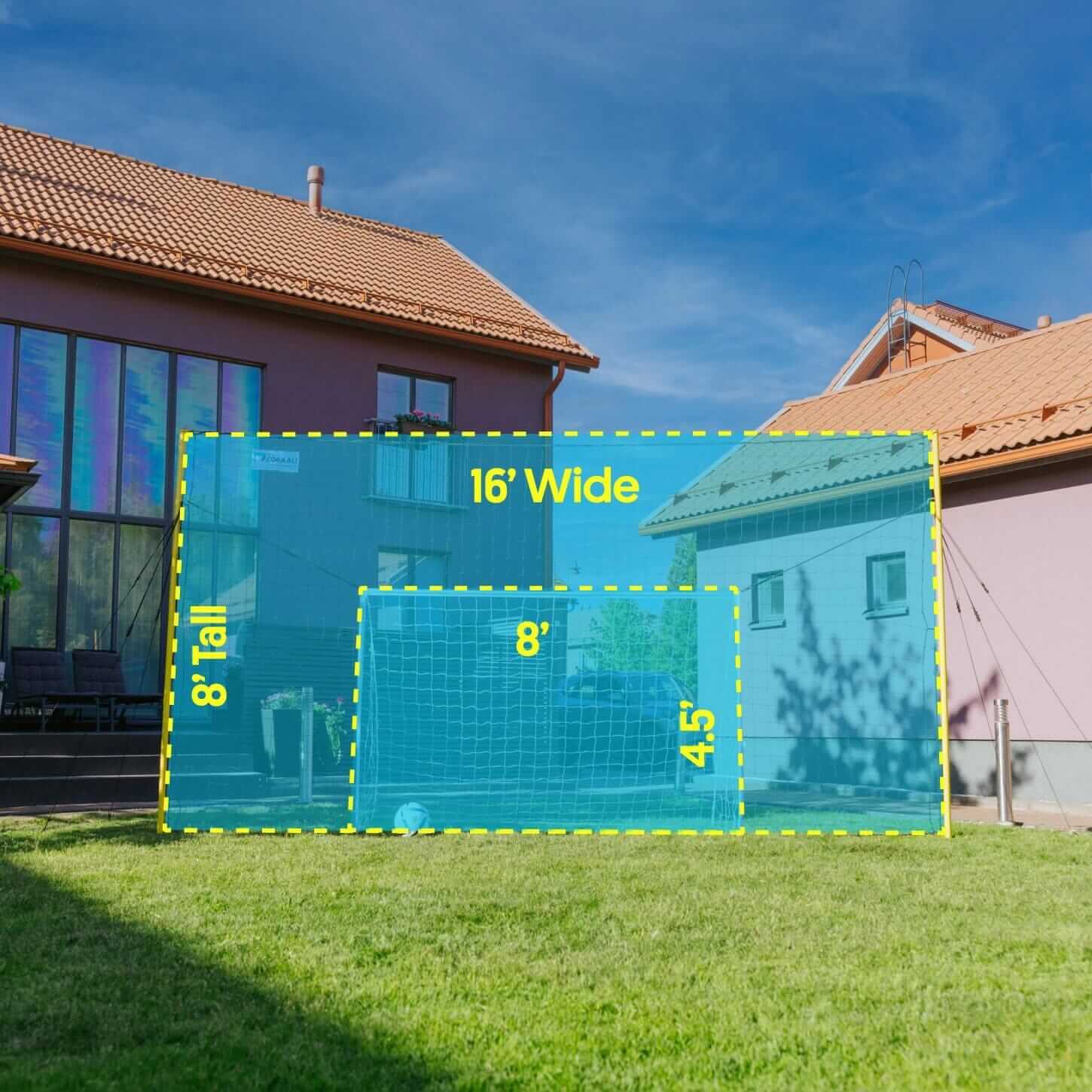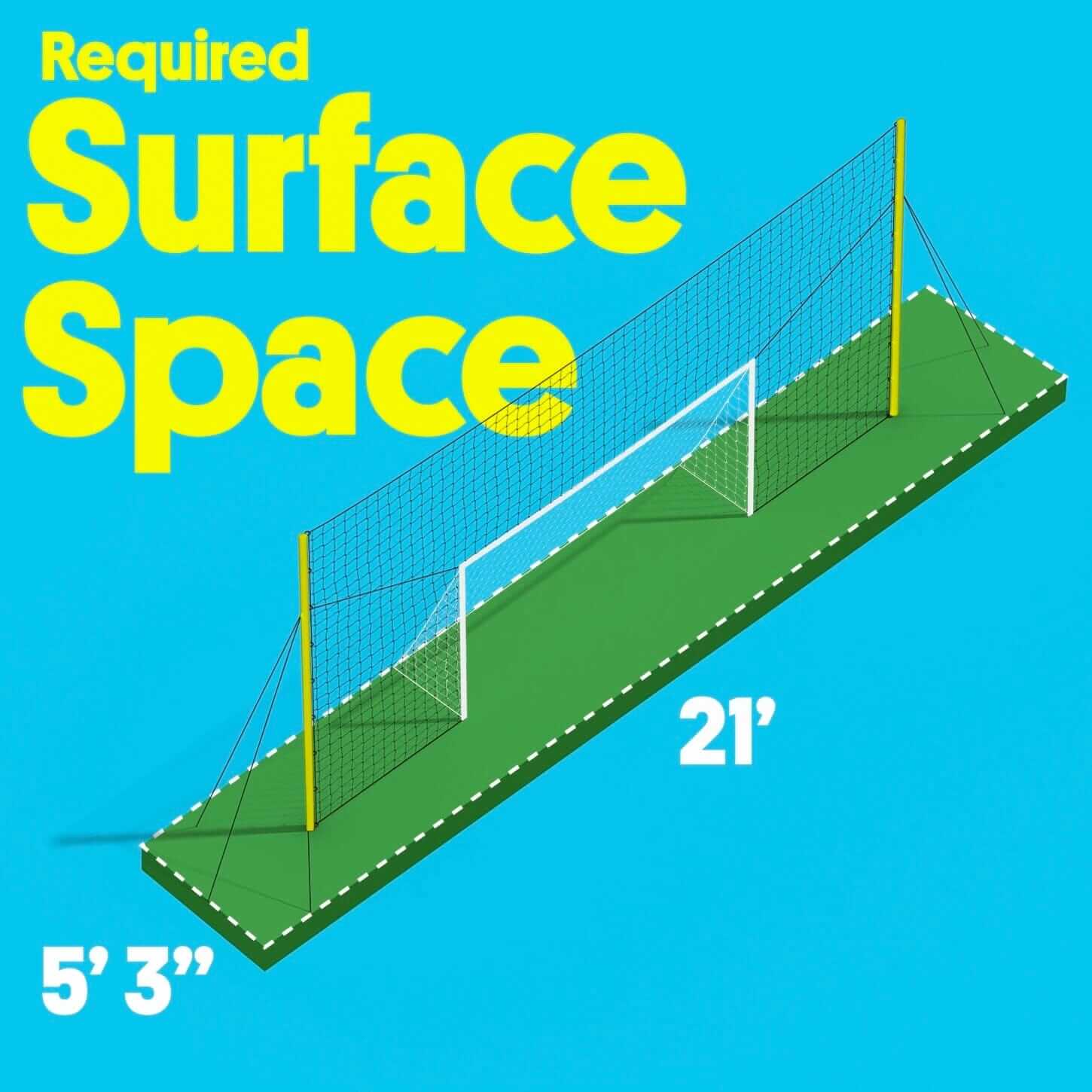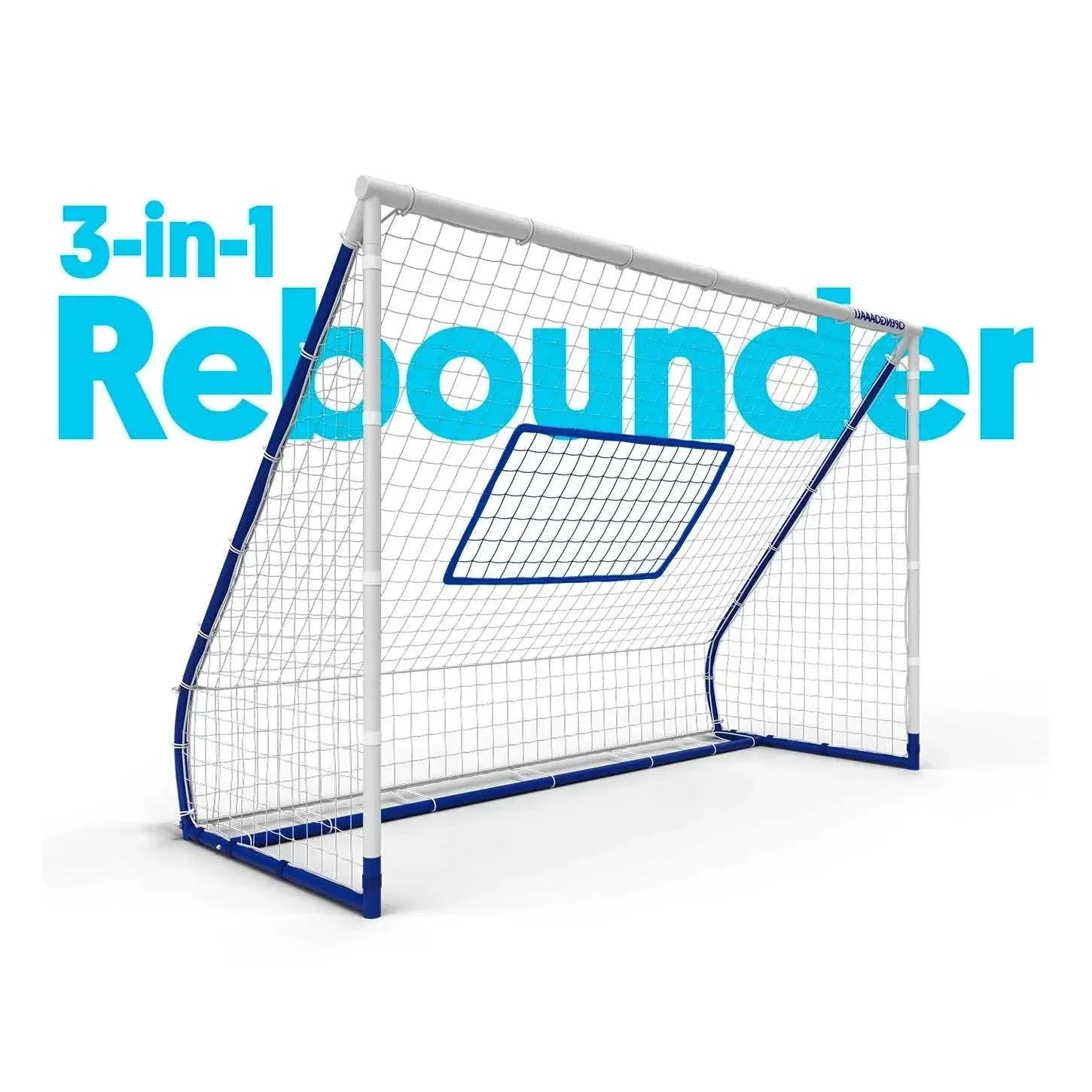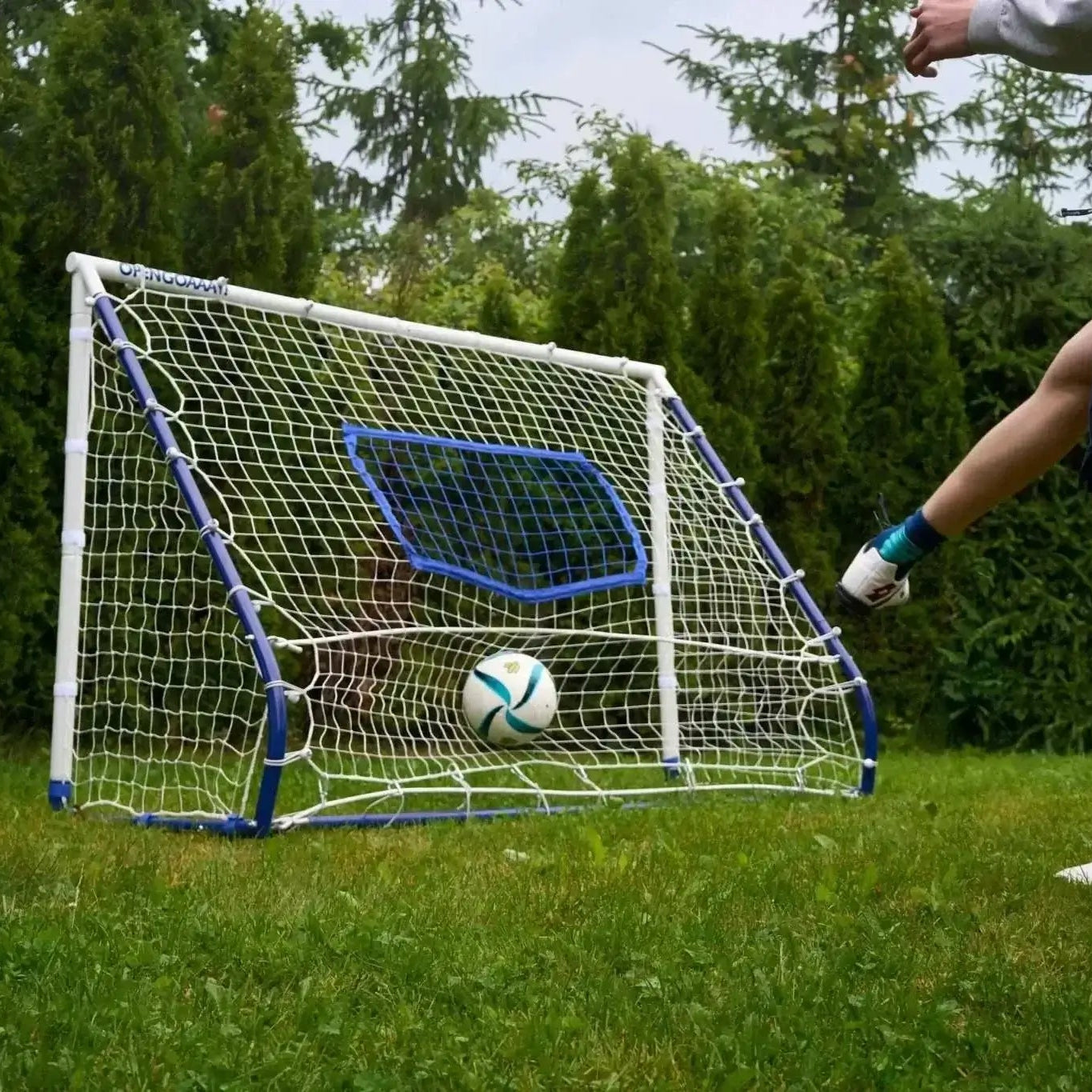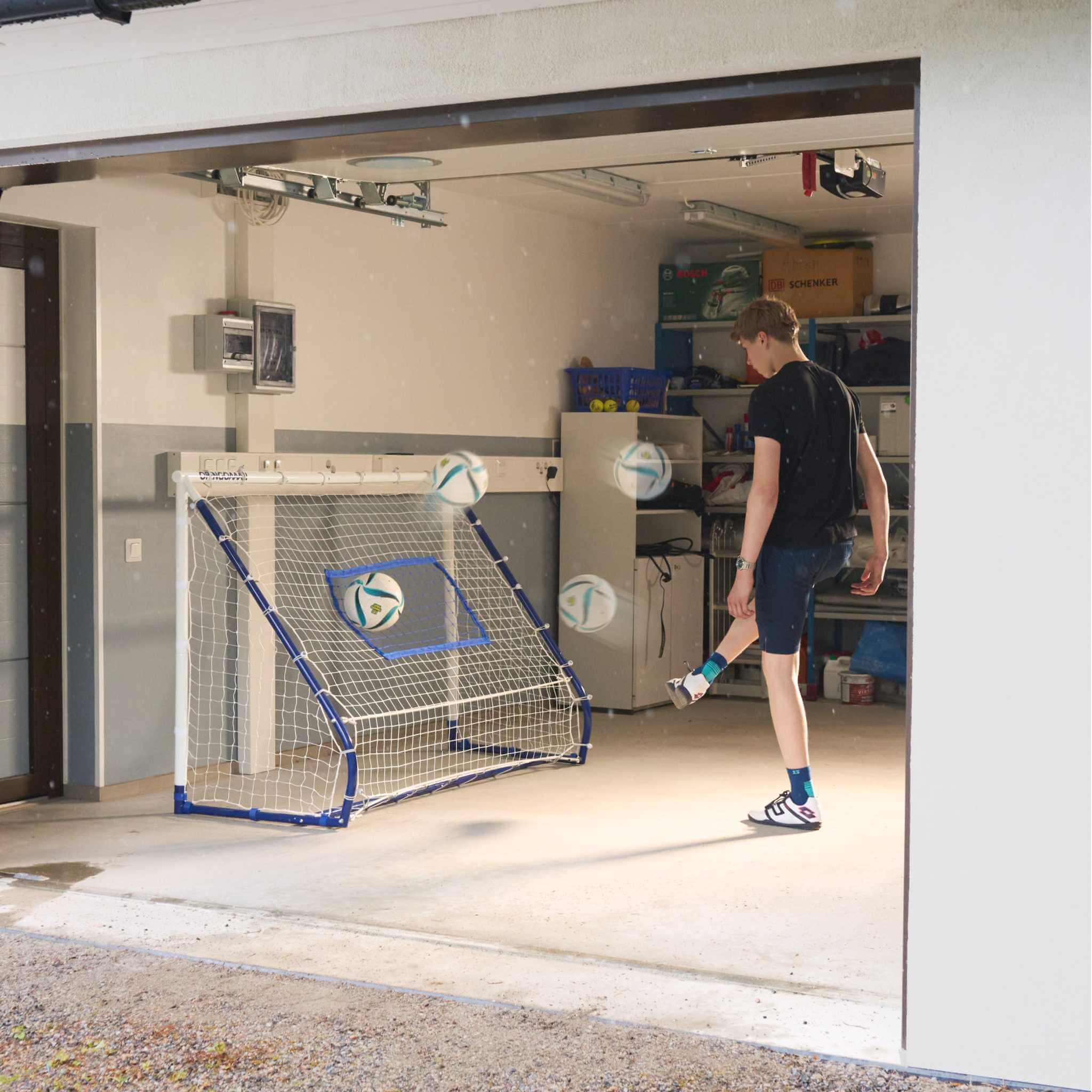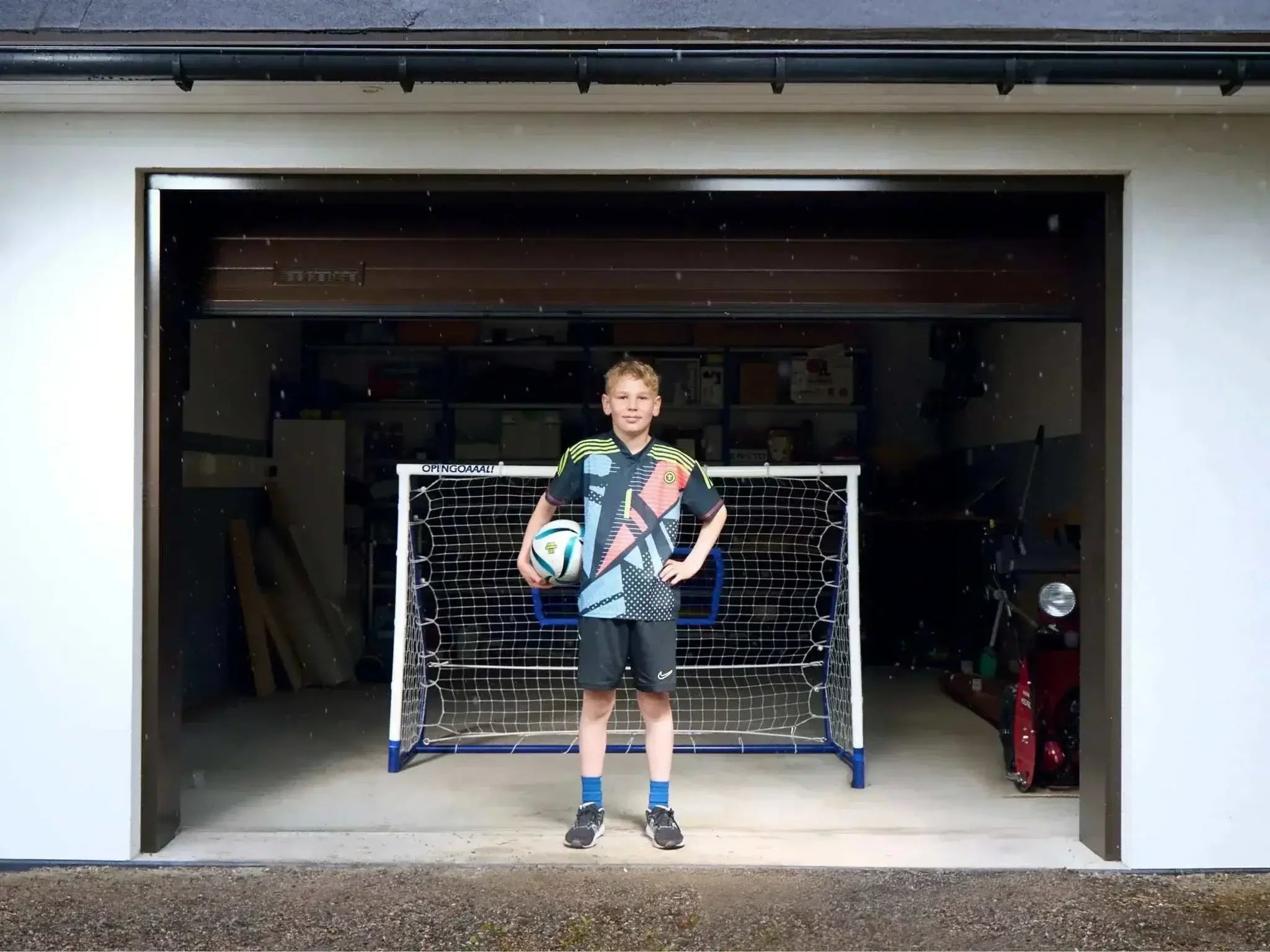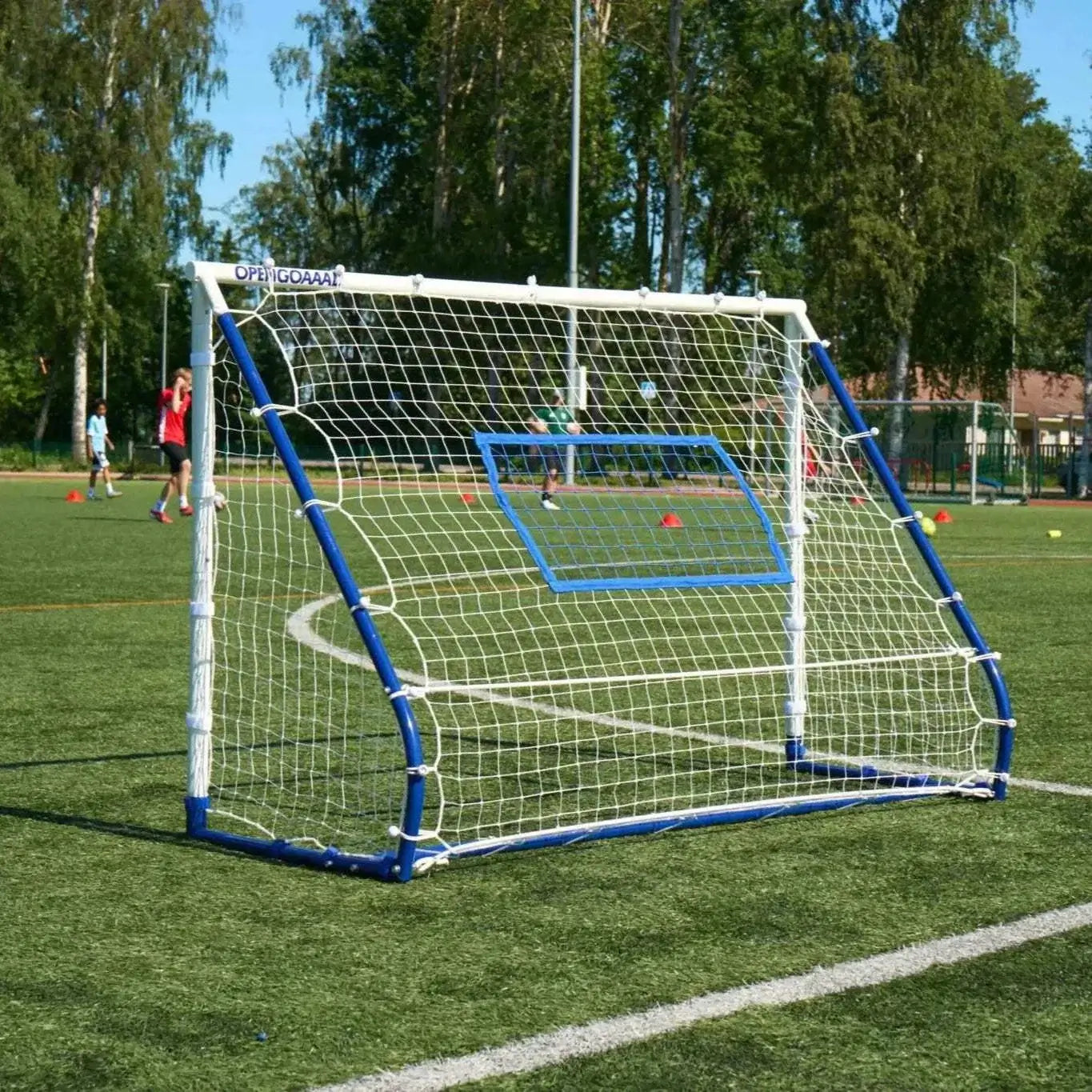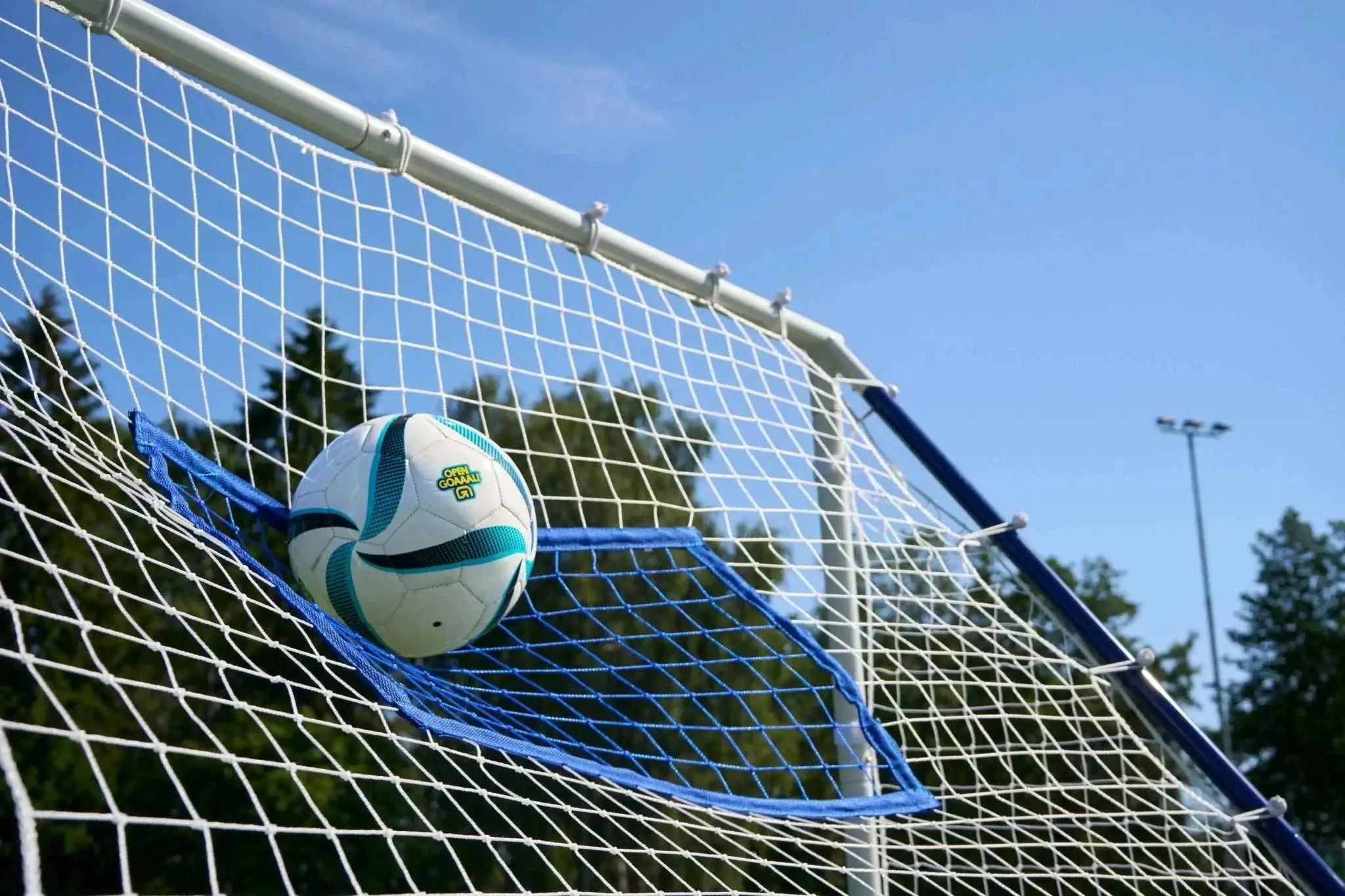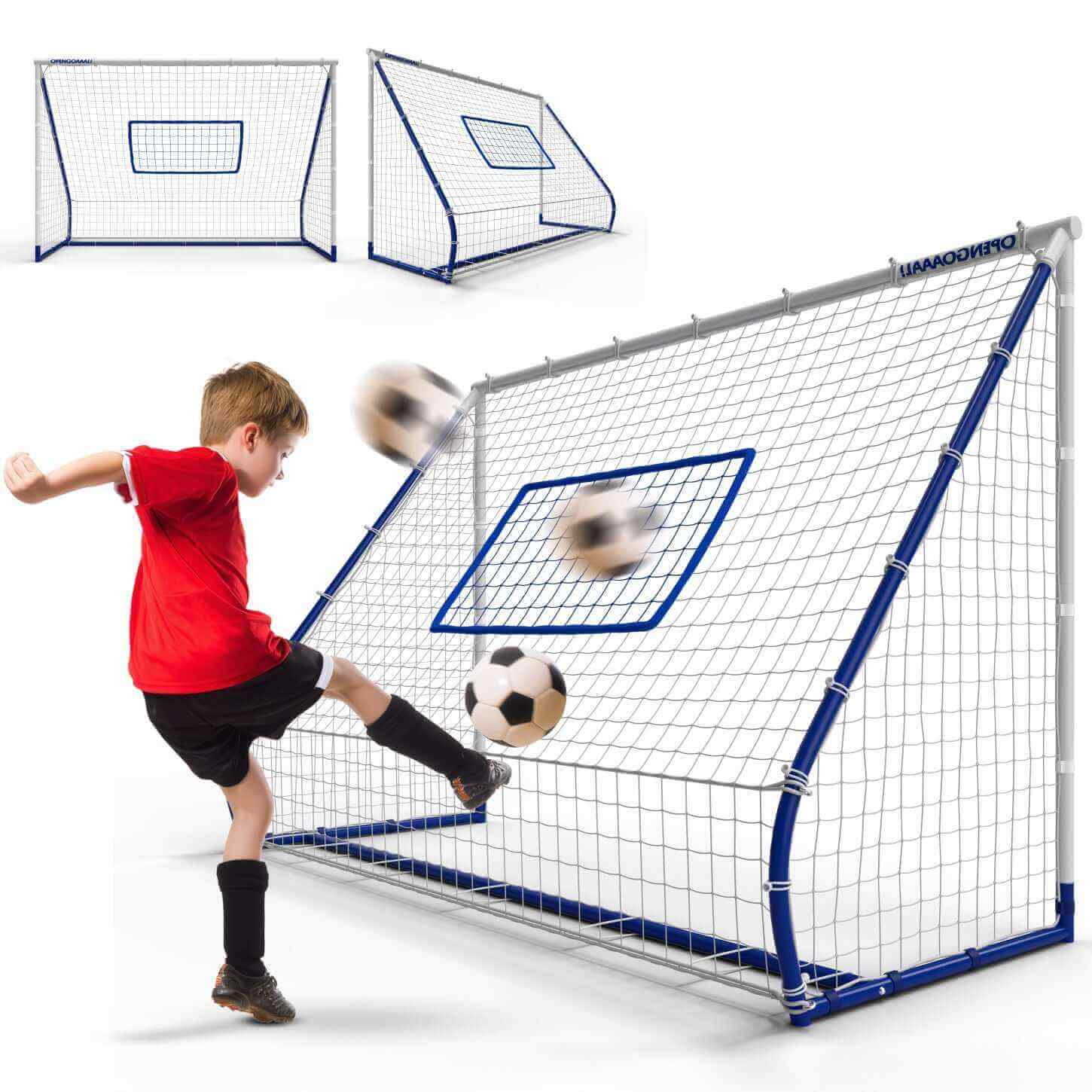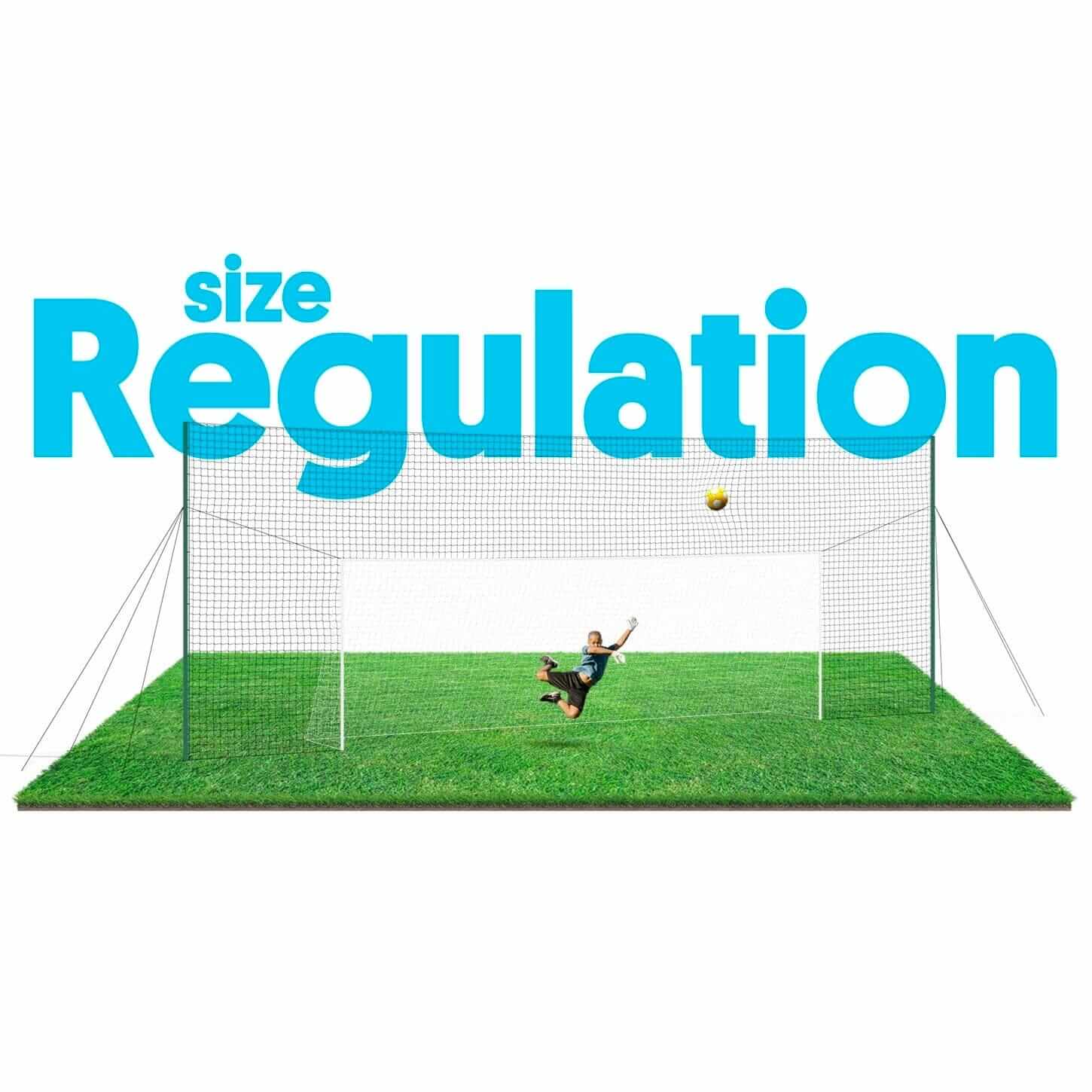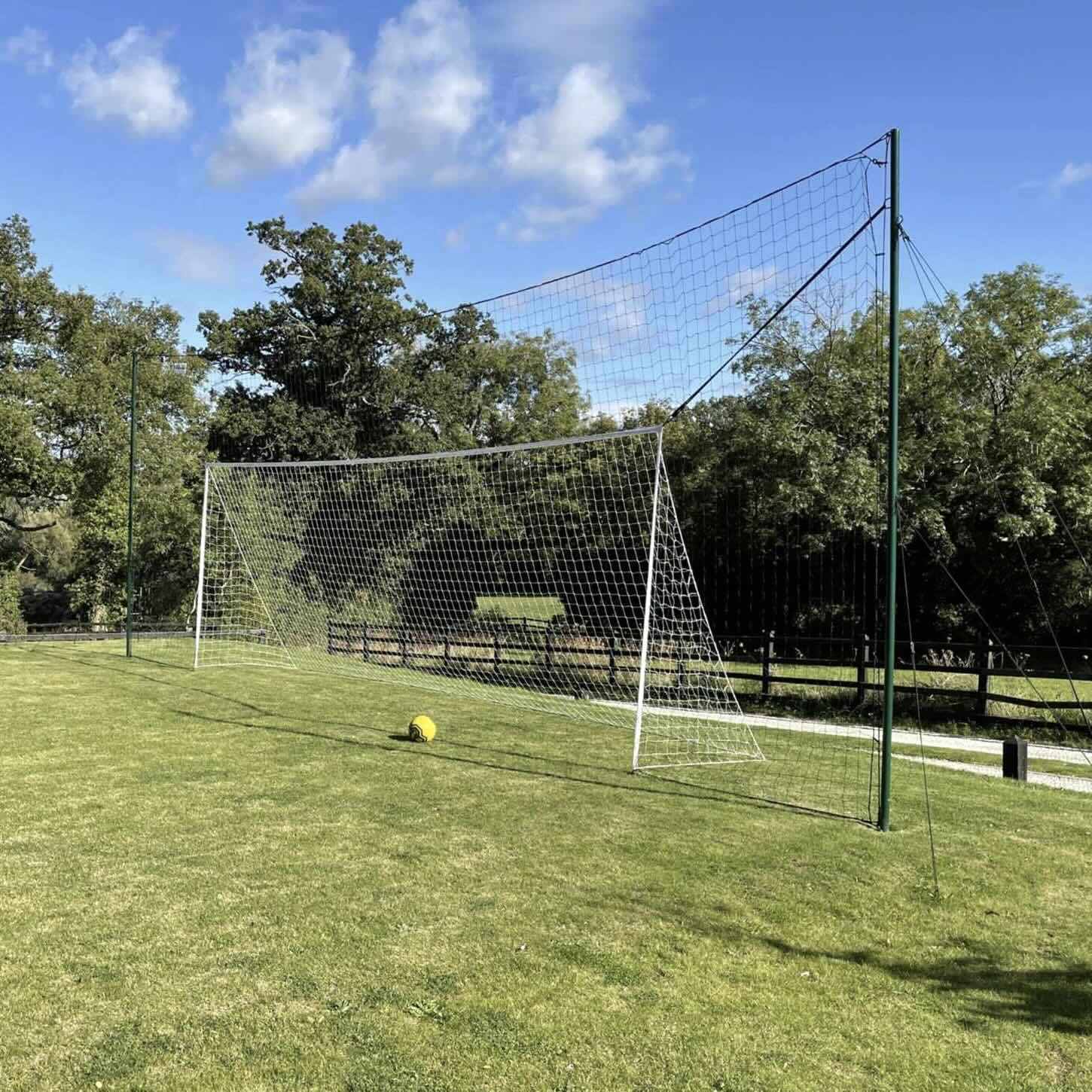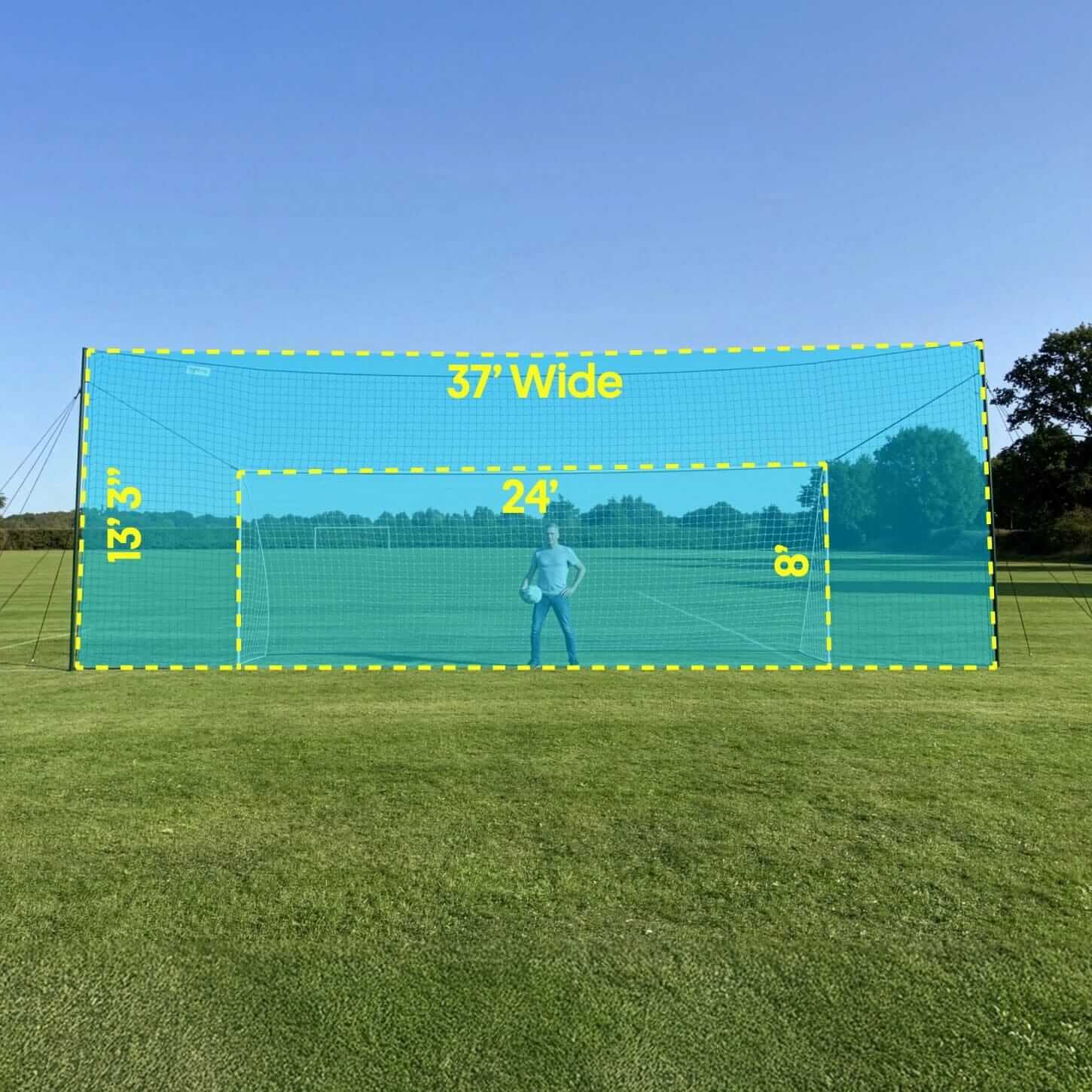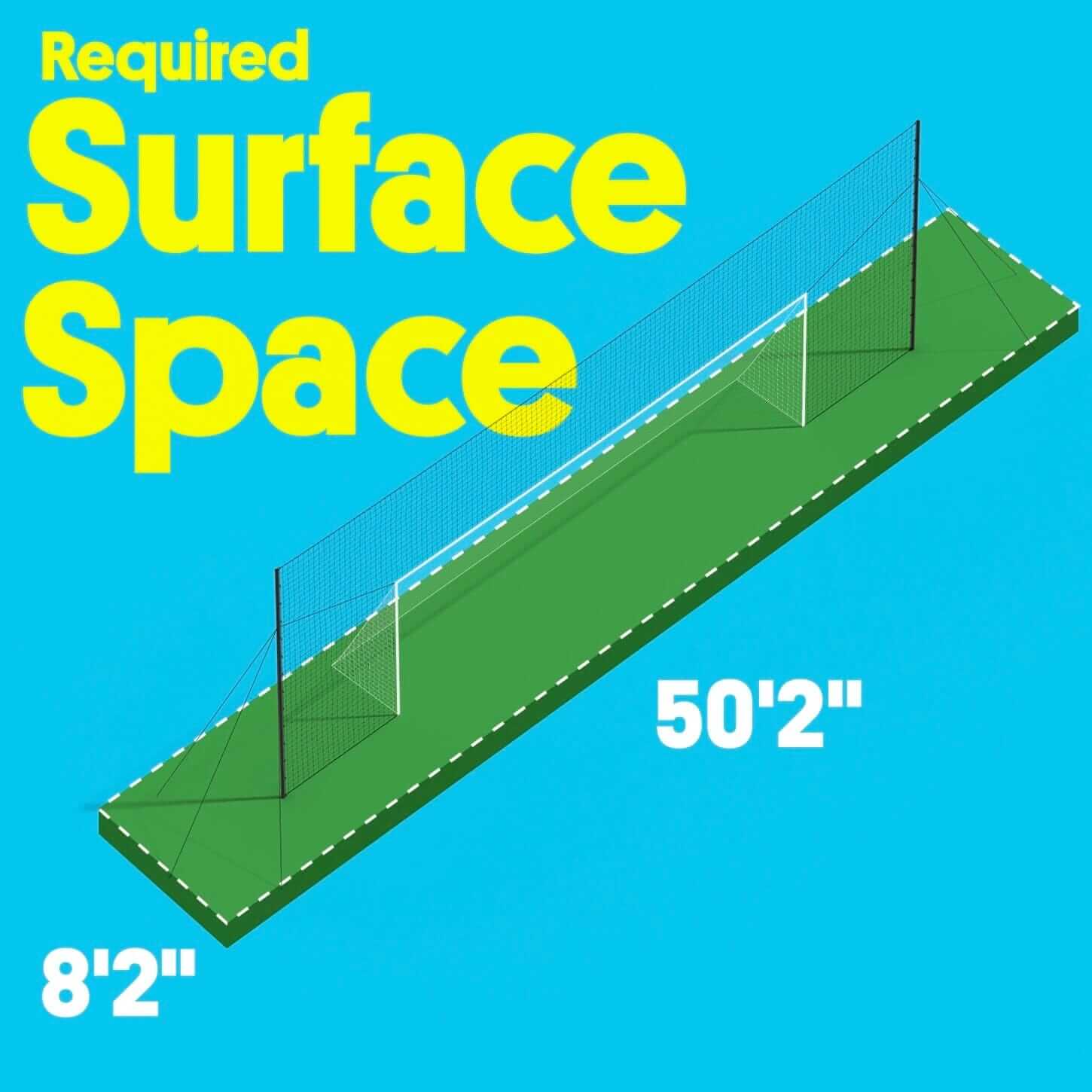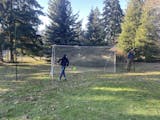Juggling a soccer ball is not a skill that is limited to stars of the game like Messi or Ronaldo. For young soccer players, it is a great way to learn ball control and develop confidence.
Unfortunately, soccer juggling is a technique that often gets neglected in favor of practice drills and physical conditioning. However, juggling skills can be quickly developed in kids who are 4,5, or 6 years old with the right blend of practice and patience.
In this article, we will discuss the basics of how to juggle a soccer ball.
How to Learn to Juggle a Soccer Ball?
Juggling is the art of keeping the ball up in the air as long as possible. The players can use the parts of their body like the head, chest, feet, and thighs to juggle the ball.
During juggling, the transfer of energy during the collisions keeps the ball going. The trick is to improve muscle memory and control the force applied through the parts of the body. While it is harder than it looks, regular practice is the key to success.
Mastering basic juggling skills are necessary for all the players of a soccer team, including the goalkeeper. The main purpose of juggling is to improve the aerial control of the ball. Beginners may find controlling a ball on the ground easier than a ball that is in the air. More so during real games played with the right competitive spirit.
In reality, keeping the ball on the ground or dribbling with it is not always possible during a game. For strikers looking to beat defenders, picking the ball smoothly from a corner or a free kick is an essential skill. And this is where good juggling skills can make a difference.
The fundamentals of juggling the ball involve learning to add a bit of backspin to prevent the ball from getting out of control. But for most professional soccer players, this becomes unnecessary as they develop their foot and toe control.
Remember, the practice should be done with both feet and not just your dominant foot. This helps in strengthening the weak foot and also leads to more consistent ball control. With the right level of practice, you will be able to use alternate feet to control the ball bounce.
In fact, very few players use both feet equally while playing soccer. Once they learn to juggle a soccer ball, it helps them improve control and balance on both feet. Overall, it helps them to grow as a better player.
Juggling is one of the best freestyle soccer warm-up drills that will help in increasing concentration levels. Players starting for the first time will find it difficult to concentrate during practice. But as they develop their skill, it will immensely improve their ability to remain focused during a 90-minute match.

Top Tips for Juggling a Soccer Ball
First thing is, you need to choose the right soccer ball based on the age and skill of the player. Younger players with limited soccer skills will find it difficult to handle large soccer balls. For kids under 8, a size 3 ball would be an ideal choice.
How to juggle a soccer ball?
Learning to juggle the soccer ball is all about progression. Take a look at the basic steps involved in the process.
- For beginners, it is necessary to use your hands when you go for the first touch. Start with one foot and catch the ball once it bounces off your foot. Let the kids repeat for 50 touches and then change feet. Ideally, the players should start with their dominant foot and then shift to the other one.
- The players should keep their feet ready to receive the ball and keep their ankles locked in a middle position. Make sure they do not keep it flat or curl it fully towards the shin. If the ball is traveling forward, the player is not curling the toes back enough. The ideal contact point is in the part of your foot that has the laces of the shoe. The eyes should be on the ball at all times.
- Once the kids have practiced with both feet, they can perform the same drill with the thighs and the knee.
- After practicing with both the right and left feet, the kids can progress to juggling the ball between alternate feet for as long as possible. The trick is not to kick the ball when it is high in the air. For maximum control, the players should learn to react quickly and kick the ball when it is at the lowest possible point.
- As their skill grows, the players can use any combination of feet and thighs to keep the bail up. Other parts of the body can also be used as needed.
To be honest, juggling is not an easy skill to master. It is natural for young players to get frustrated and lose focus. As a coach, make sure to highlight the small improvements to keep them motivated.
Here are a few tips for juggling soccer balls that coaches need to focus on.
- It is important to maintain a good body position while juggling. Lack of body control will result in bad touches to the ball.
- It is necessary to practice juggling during each training session. A step-by-step progression involves practicing while standing still, and then while walking. A good juggler should be able to juggle while under pressure from opponents.
- The players should use all the relevant parts of the body including the weaker foot while juggling. While using the foot, the flat surface on the top should be used to increase the surface contact area with the ball.
- Unlike many other u6 drills for soccer, juggling works best when there is the right rhythm between the player and the ball, along with perfect timing.
Conclusion
These are the basics of how to juggle a soccer ball. For any player aiming to play soccer at a competitive level, juggling is an extremely useful skill to learn. Once the players have learned how to juggle a soccer ball, it will help them to be more effective during other soccer drills and a match.
While the players may take time to progress, the rewards of perfecting this skill are many. So, if you have not introduced juggling drills as a part of your soccer training sessions, it is time to include it.


